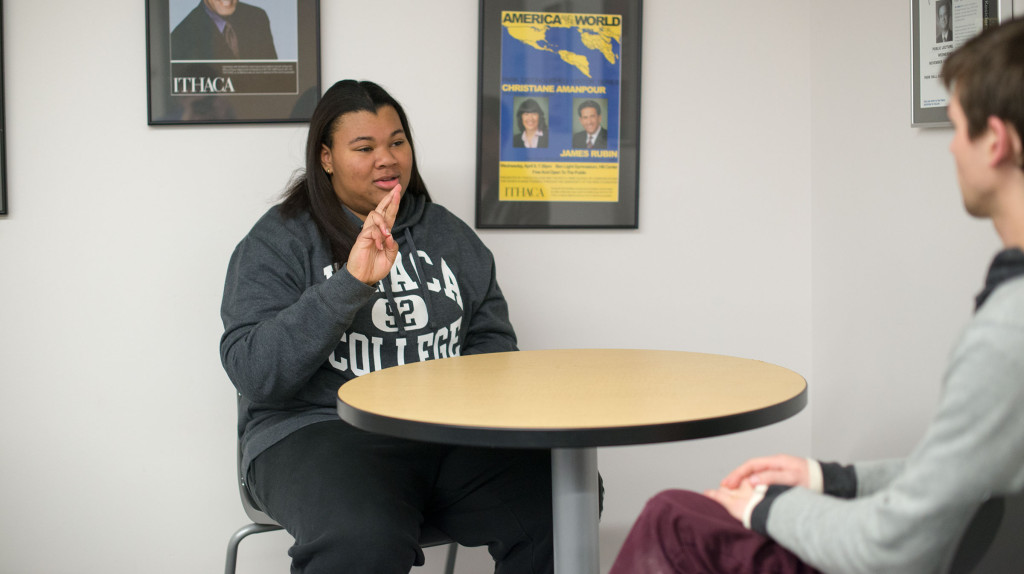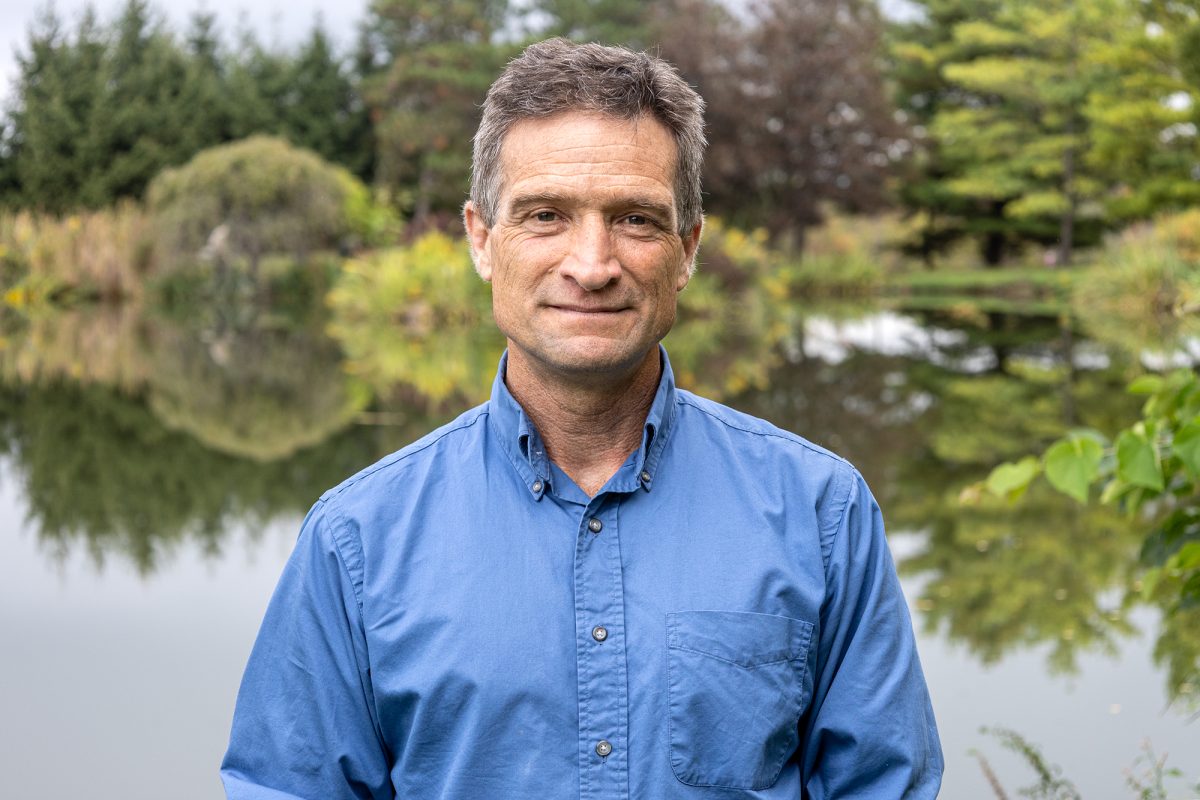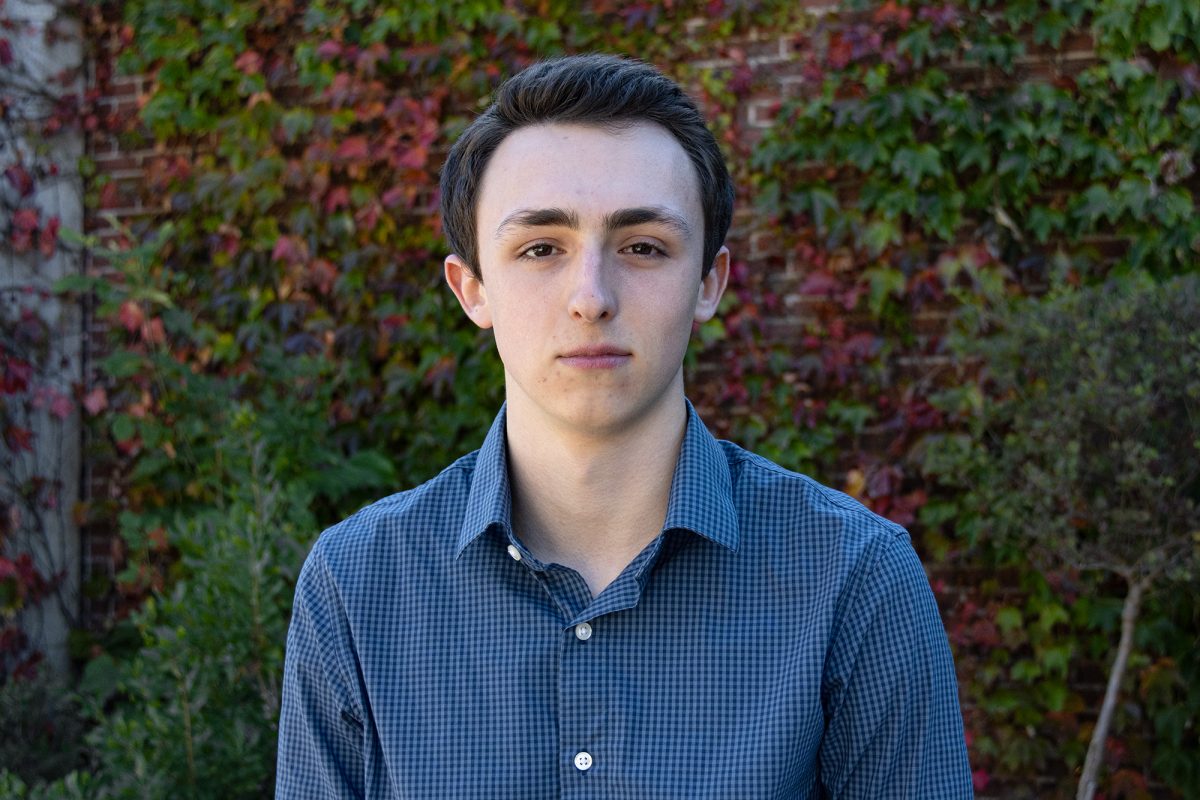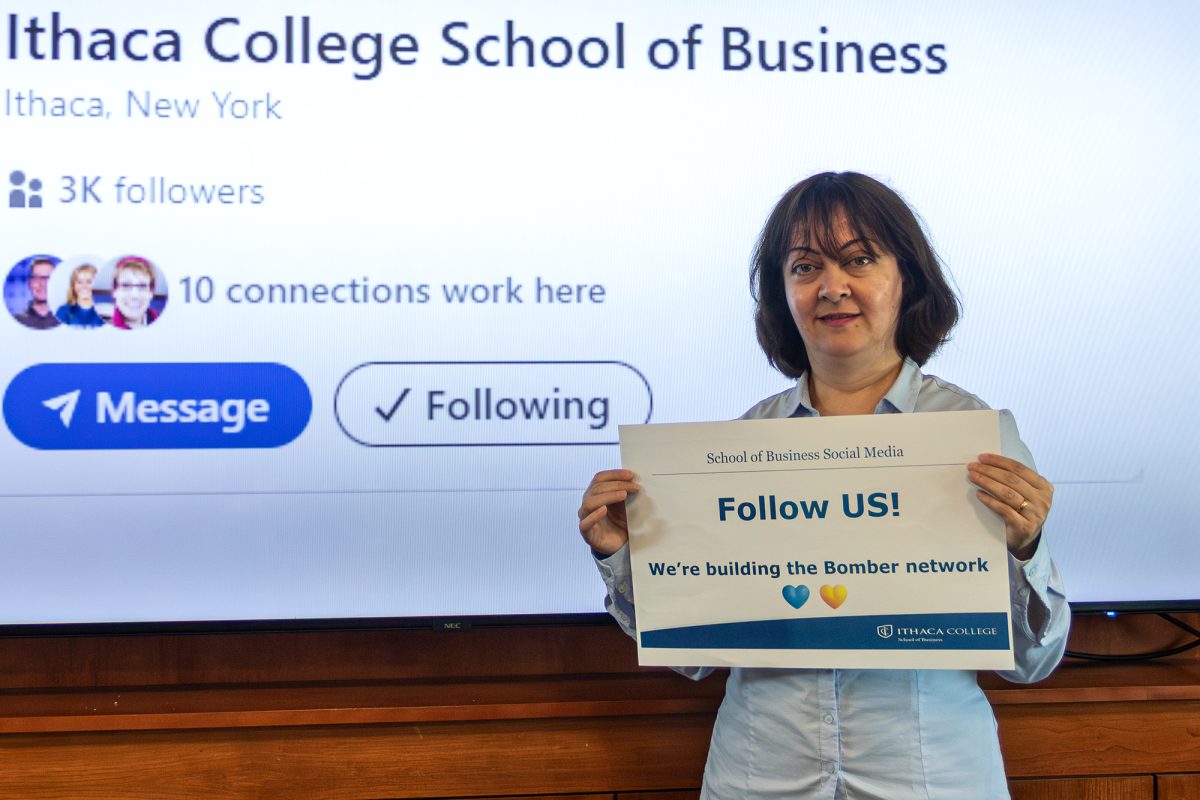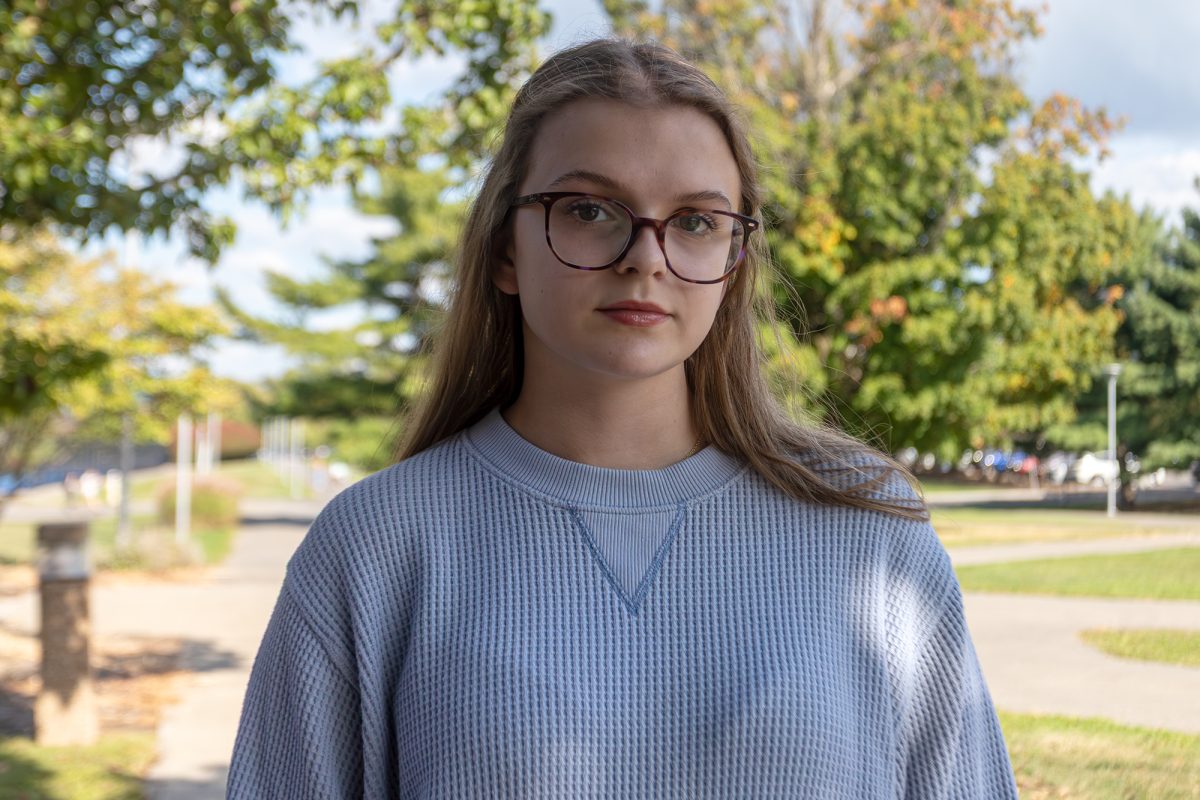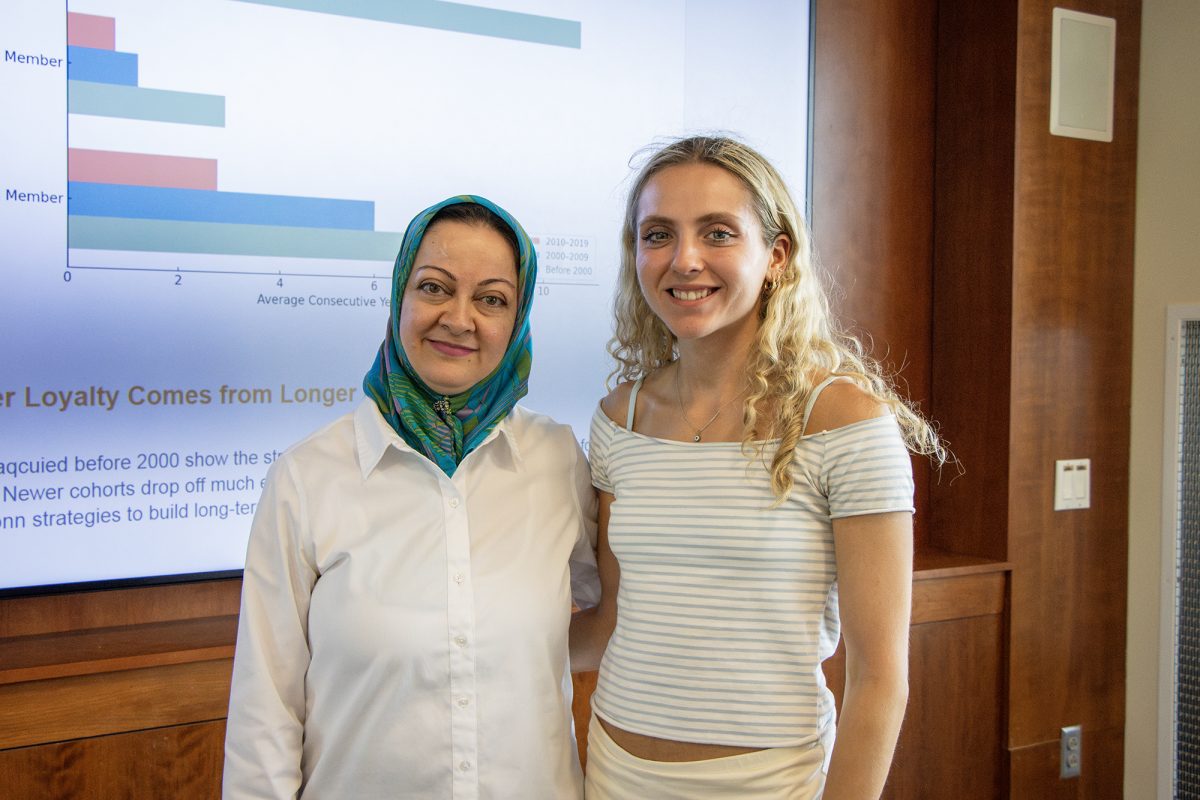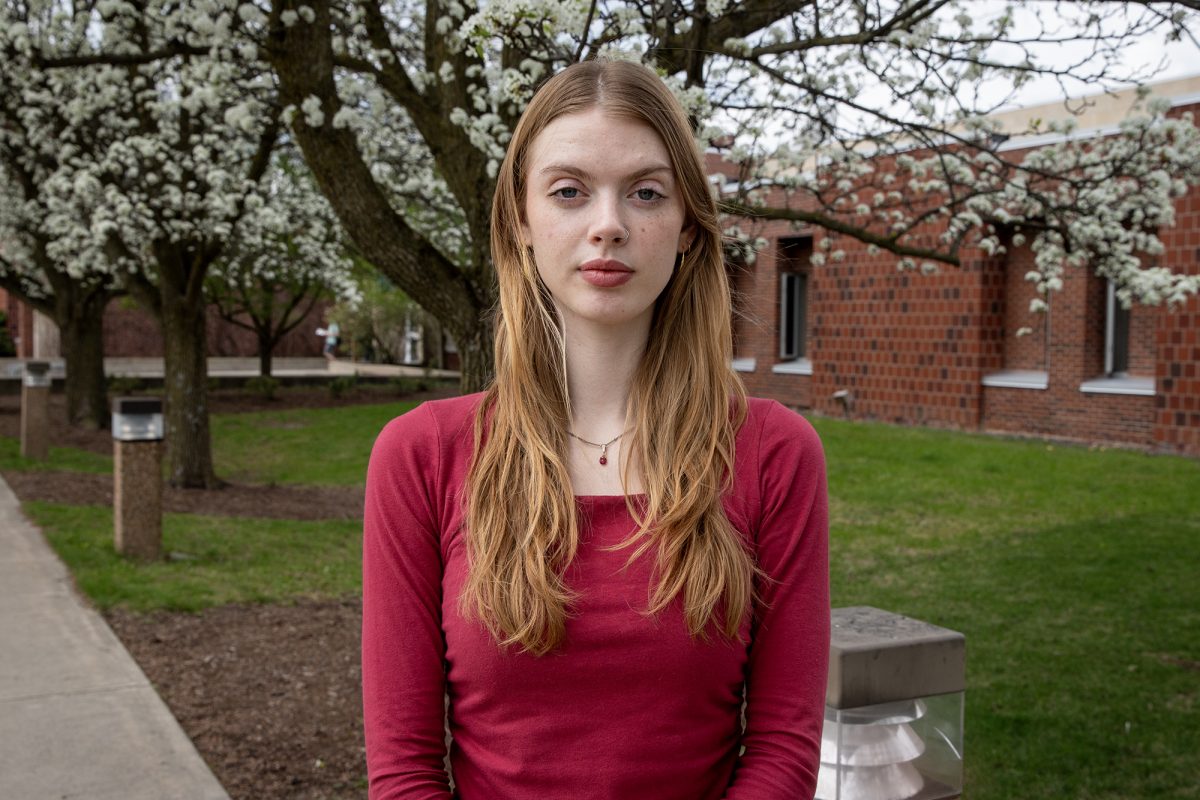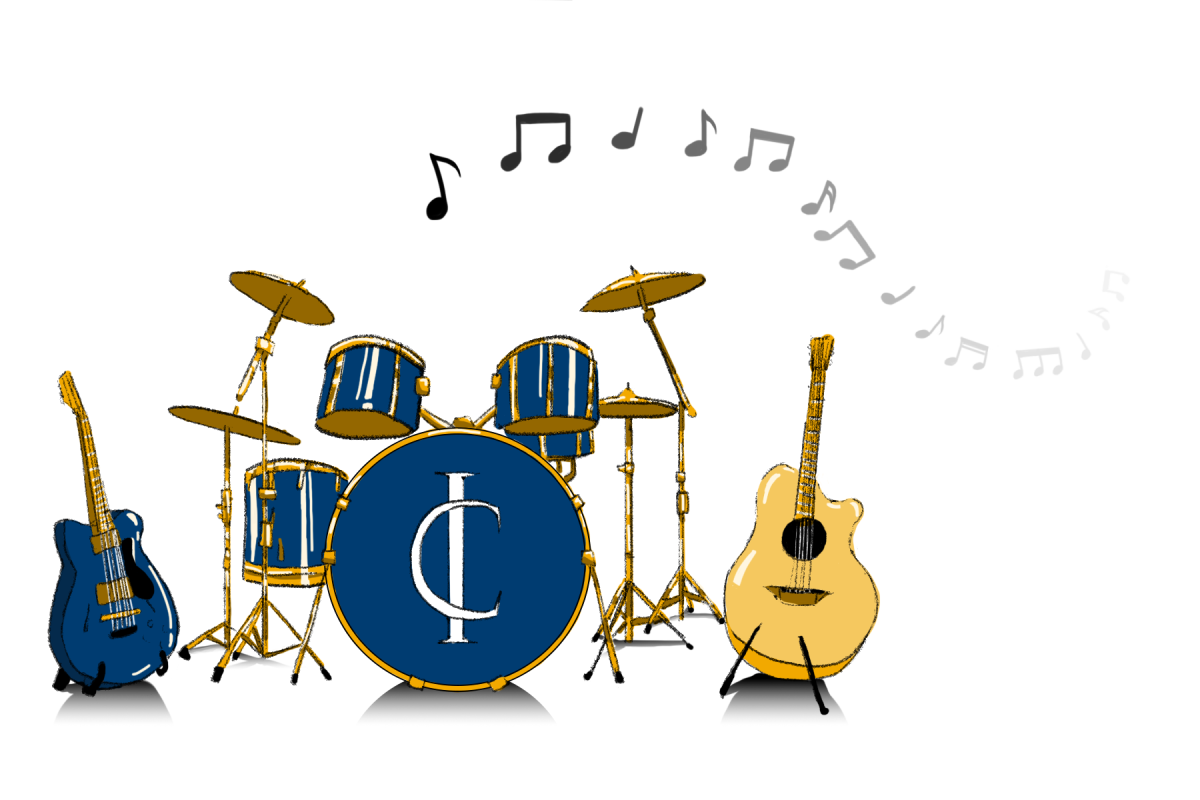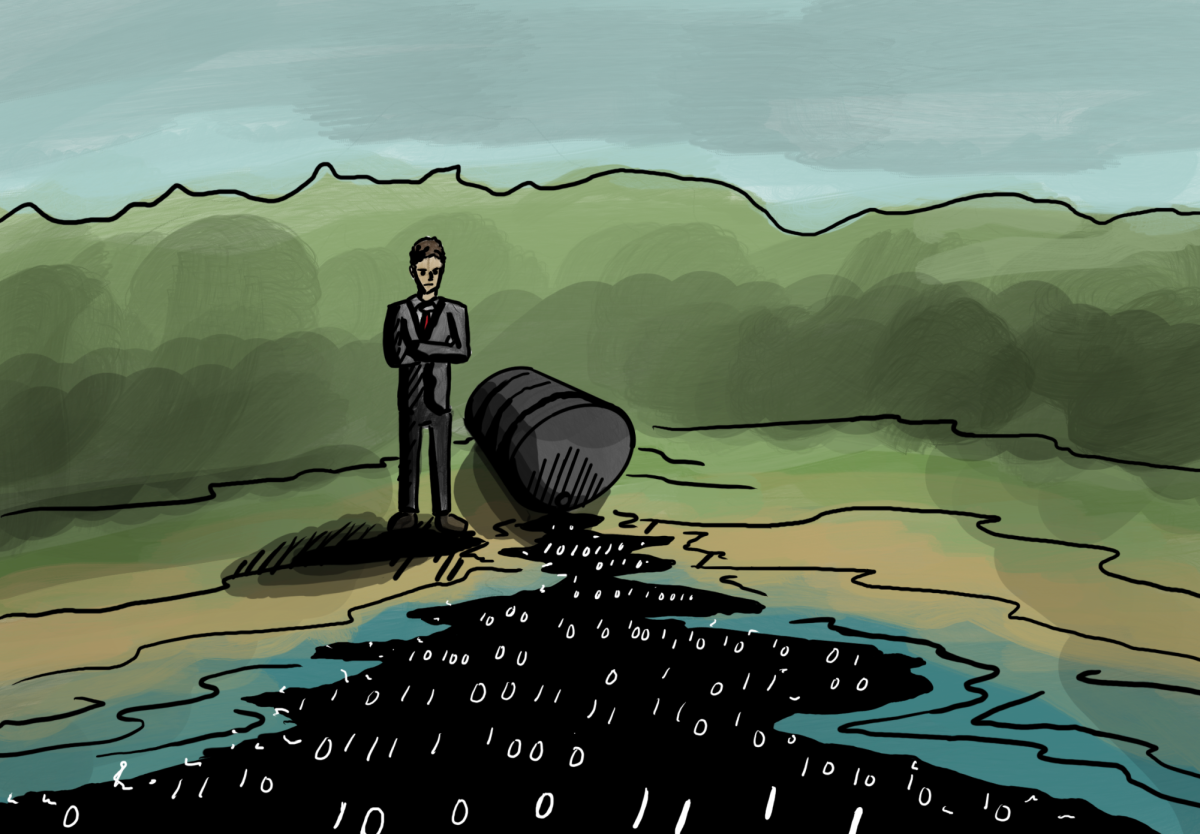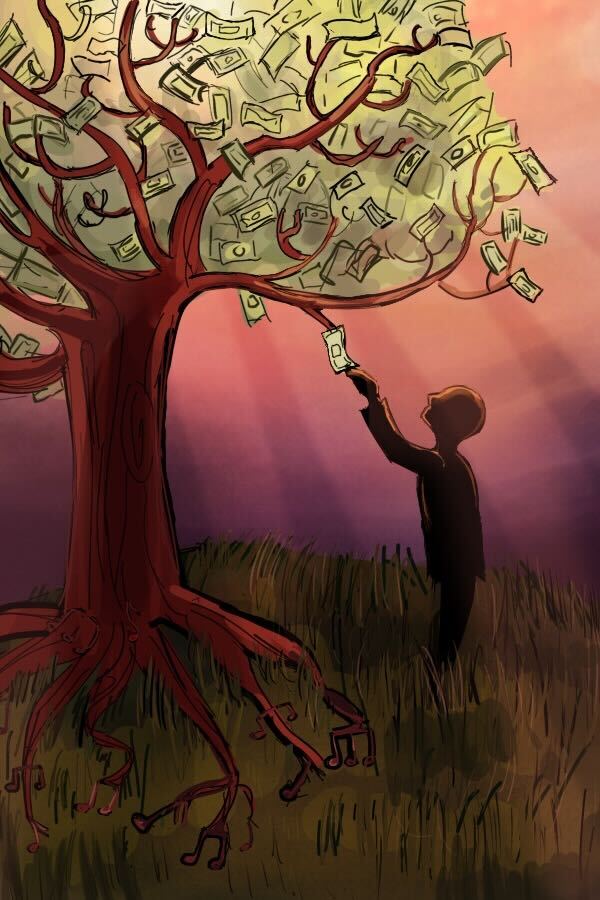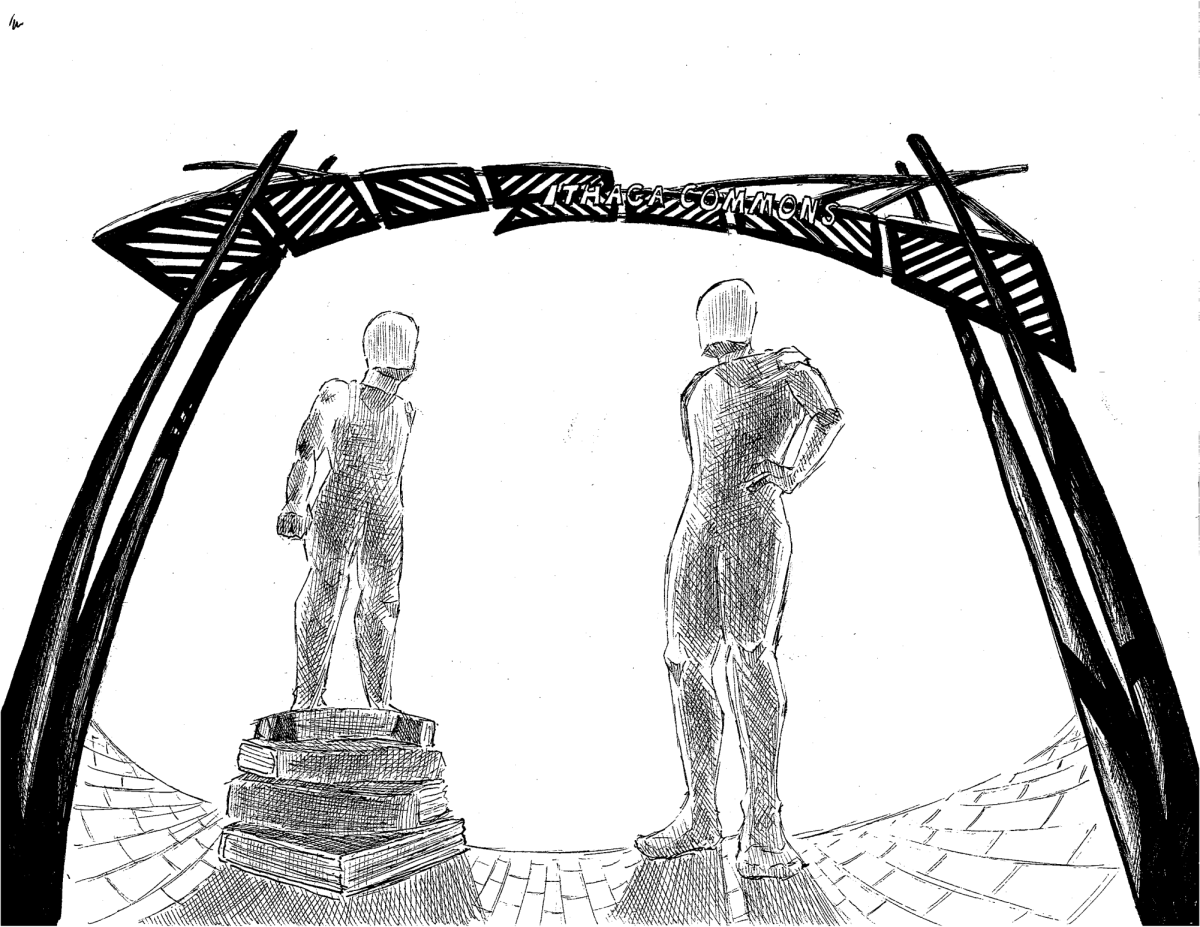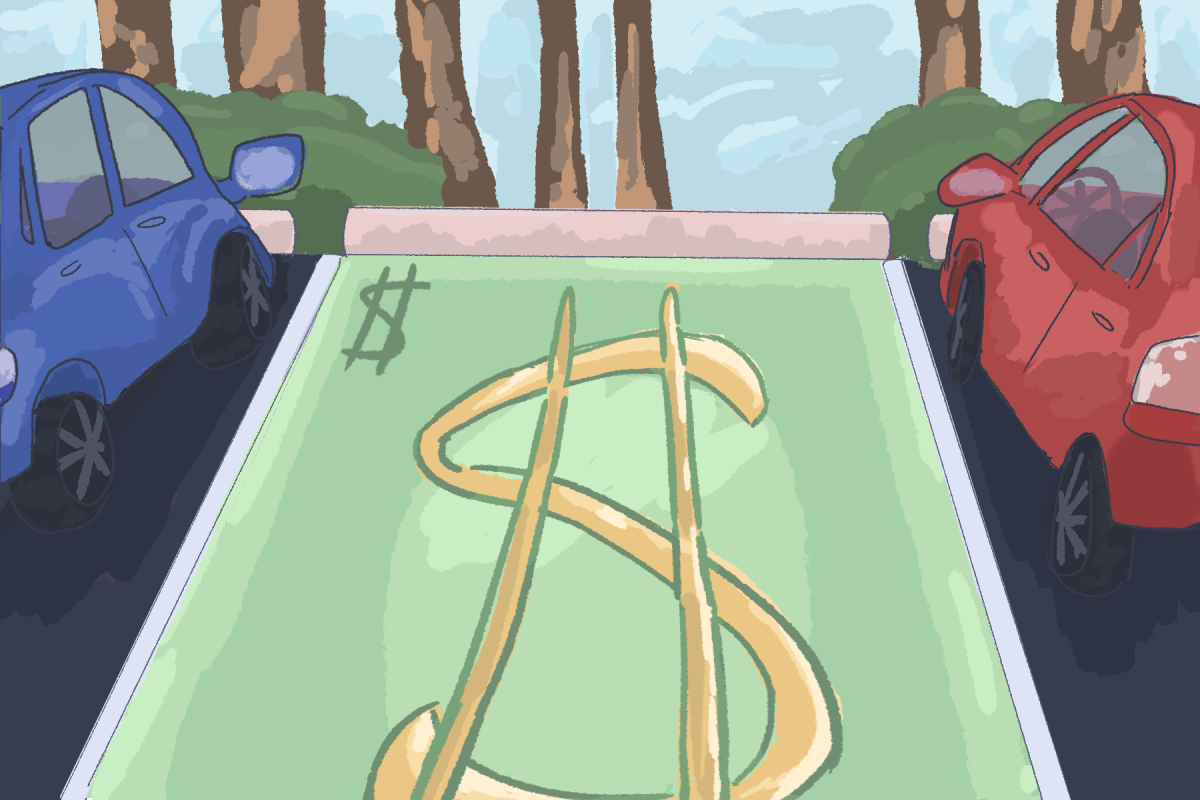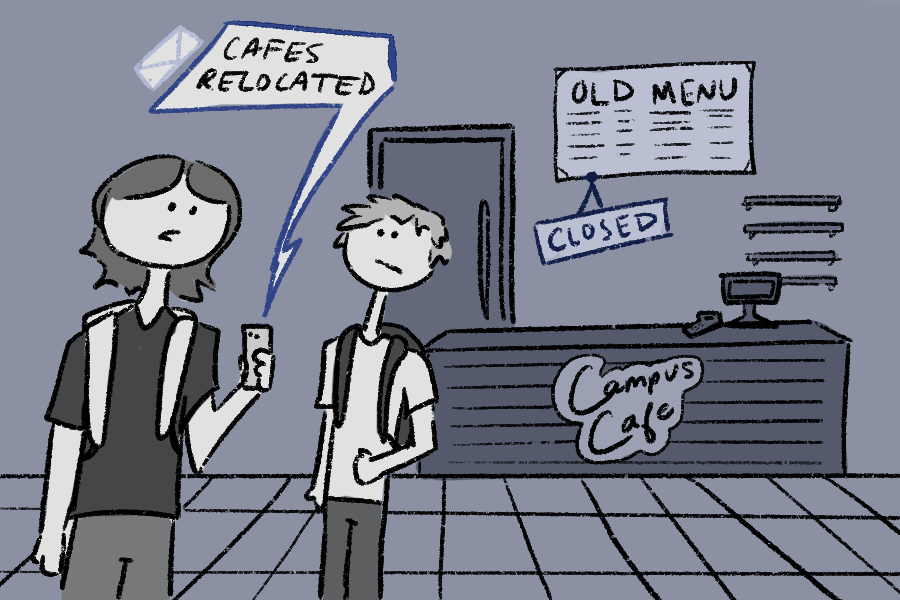Here at Ithaca College, I am an integrated marketing communications major with a deaf studies minor. I am only able to fluently speak one language, which is English. Even though I have been taking Spanish since the age of 5, I was never able to become fluent in the language. However, I was able to pick up American Sign Language much more quickly, and I feel comfortable conversing in ASL after studying it for only two semesters.
I have previously asked deaf people, “What are some assumptions the hearing community makes about the deaf?” Two of the most popular answers were, “people assume that since I can read lips they can talk full speed” and “the deaf are disabled.”
The deaf community isn’t disabled. The hearing impaired are not disabled. Some are even offended by the implication that because they are deaf or hearing impaired, they are unable to do something because of their lack of hearing. Calling a deaf or hearing-impaired person disabled for long enough, the person may actually begin to believe they are, in fact, disabled. The sad thing is if they truly believe they can’t do something they may never try, and that may result in many people never reaching their full potential.
Deaf people can do everything hearing people can do. They can drive, learn, teach, tell jokes, play instruments, cook — the list goes on. It can even be argued that everyone is slightly “disabled” in some form or another. I, for example, can’t draw. Is that a disability? I don’t believe so. I wasn’t gifted with the ability to draw, which doesn’t mean that I am unable to function. Obviously this is a little dramatic, but why does the inability to hear make a person deficient?
I think if people could understand all that the deaf and hearing impaired could do, as opposed to what they couldn’t do, the prejudice against them would diminish.
I believe if everyone was to take at least one American Sign Language course in their lifetime, they would see all that the deaf and hearing impaired are capable of. Taking an ASL class is a great way to really learn a little about the deaf community. Even learning a little about ASL history could help show that just because someone is deaf or hearing impaired doesn’t mean they are deficient. They are capable of almost anything including creating their own language.
ASL is a mixture of French Sign Language; Martha’s Vineyard Sign Language, originating from Martha’s Vineyard, which had a large population of deaf people; and Fingerspelling, using the ASL alphabet to spell out words. Learning ASL is ideal for people who are visual or kinesthetic learners. ASL is all about motions and facial features, and the only way to learn ASL is to actually practice the signs.
Learning sign language would bridge a gap between two communities. Similar to how children are taught to embrace French or Spanish culture, those who are taught sign language and about deaf culture would be able to embrace the culture and shift what our society determines disabled.
Having the hearing community be able to communicate with someone who is deaf could lead to change that has been a long time coming.
Cherokee Charles is a sophomore integrated marketing communications major. Email her at [email protected]


